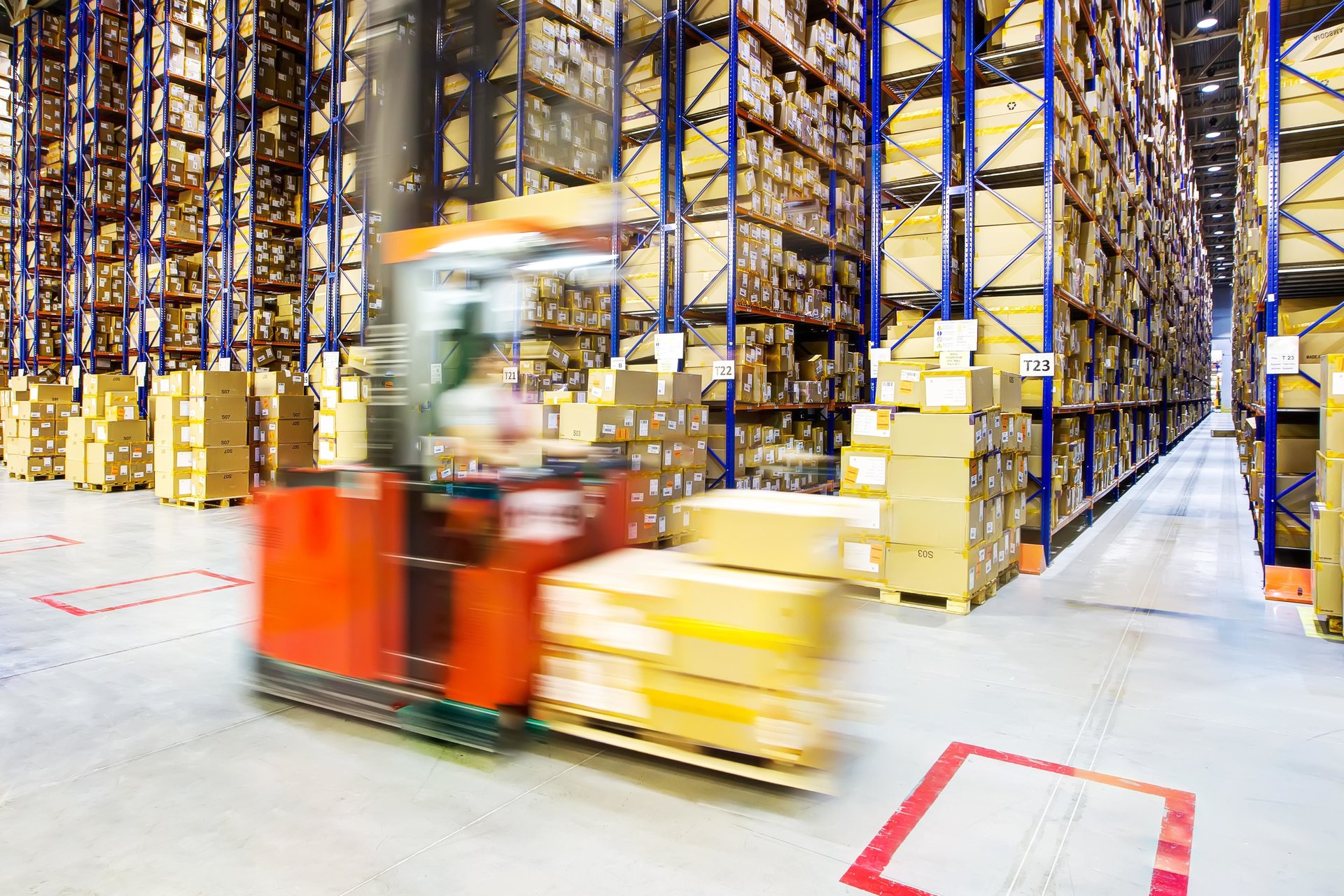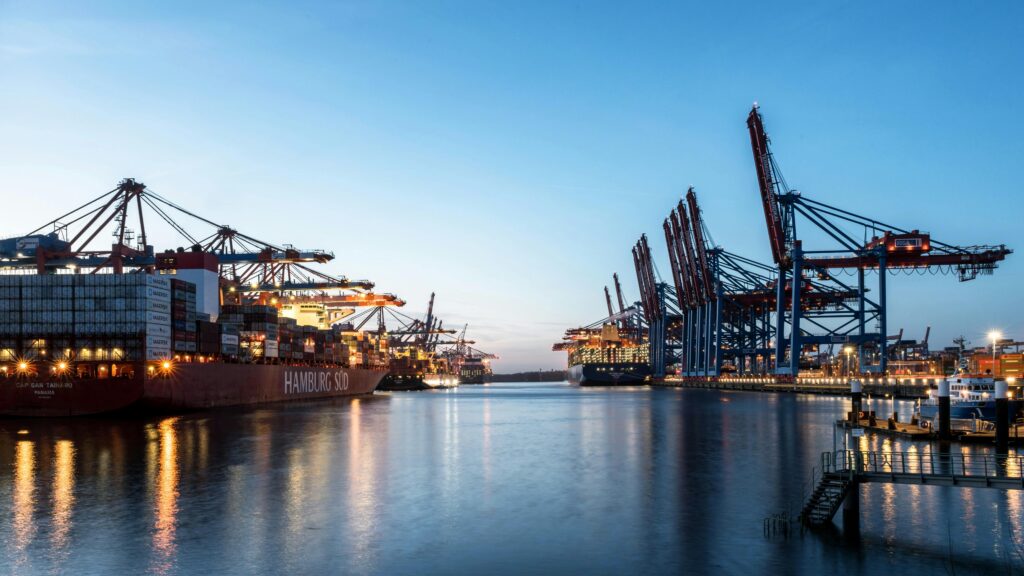Amazon’s fulfillment service, Fulfillment by Amazon (FBA), which was launched way back in 2006, gave fledgling e-commerce businesses access to Amazon.com’s fast order fulfillment and customer service infrastructure.
Amazon FBA required that shippers manage the transportation of goods from the point of origin to an Amazon warehouse, requiring the merchant to understand and comply with Amazon’s delivery standards, which are different country-to-country.
The laundry list of restrictions could become overwhelming, encompassing everything from the attributes of the private trucks and vehicles that deliver the goods, to the quantity of pallets, the way that boxes are stacked on pallets, the size of the pallet itself, the numbers of boards in the pallet, specific bill of lading information attached to the shipments, as well as weight limitations per pallet.
Freighthub learned these standards well, and was able to act as a go-between for shippers who did not want to broach the daunting process of broaching these regulations alone, allowing shippers to utilize Amazon FBA without dealing with any guess-work, as far as the stringent packaging requirements for sellers.
To read in-depth descriptions of requirements, follow these links:
- Delivery requirements for German Amazon Warehouses: https://sellercentral.amazon.de/gp/help/external/200280270?ref=efph_200280270_cont_201468520&language=de_DE
- Delivery requirements for US Amazon Warehouses: https://sellercentral.amazon.com/gp/help/external/200978400?language=en-US&ref=mpbc_200978480_cont_200978400
FreightHub published its own resource to give its customers access to a complete network of shipping and fulfillment services, and while the conjoinment of services was successful, there were certain issues with delivering to Amazon that FreightHub ran into. On occasion, freight packages would be damaged during the importing process, which would then require re-packaging before being sent to Amazon, costing clients time and money.
Additionally, if a customer wanted to save on transportation costs by shipping a full container load (FCL) instead of multiple less than container loads (LCL), the customer could end up having to work with another third-party partner to store goods in the meantime. At that time, FreightHub was unable to deconsolidate a container, i.e. split a container and send half of its contents to the Amazon warehouse in Pforzheim, and half to the Amazon warehouse in Werne.
Our Solution
FreightHub has crafted a solution to the problem by offering centrally located warehousing opening its own warehouse for customers that utilize FBA services, allowing for quick delivery via DHL logistics services into all German Amazon warehouses, reducing the weeks-long wait time associated with delivering freight to Amazon while offering a lower price.
With this, FreightHub now offers its own inspection, packaging, carton-labeling and palletizing services that increase efficiency in the supply chain, enabling customers to store goods between our new warehouse, to be moved quickly to Amazon’s facility as demand for a product fluctuates.
Customers will also be able to split shipments; for instance, sending half of the freight directly to the seller’s customer and half to Amazon’s warehouse, while offering less than half of Amazon’s rate.
FreightHub plans to implement the new warehousing service into FreightHub’s online freight forwarding platform, where the customer can manage not only transportation logistics, but their storage with Amazon as well as in FreightHub’s warehouse.
Sign up or contact your account manager if you wish to find out more about the service.







